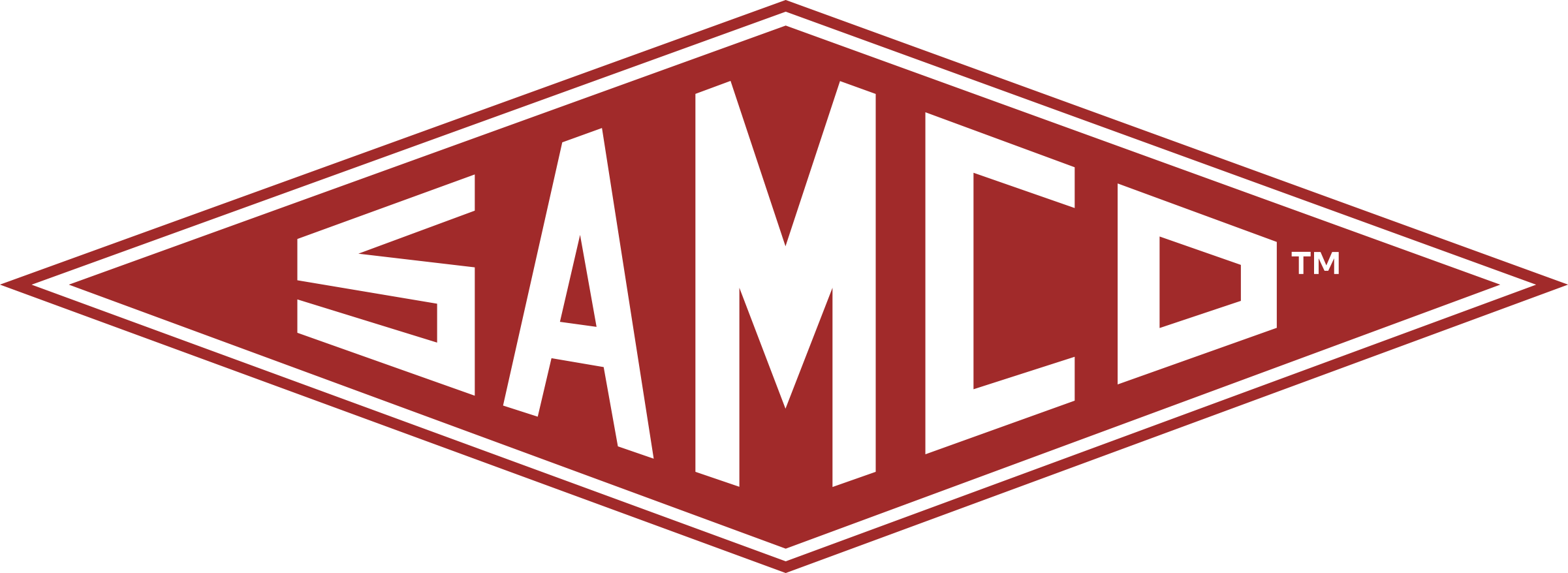
Plasma Coat Spraying vs. Manufactured Liners for Reciprocating Compressor Cylinders
Today, we will dive into a comparison between two popular options for prolonging the lifespan of compressor cylinder bores: plasma coat spraying and manufactured liners. By exploring their pros and cons, you’ll be equipped with the information necessary to make an informed decision.
Plasma Coat Spraying for Reciprocating Compressor Cylinders:
Plasma coat spraying involves applying a protective layer of material to the bore of the compressor cylinder using a thermal spray process. This method forms a bond between the coating and the base material, resulting in increased durability and wear resistance. Here are the pros and cons associated with plasma coat spraying:
Pros:
Wear resistance: Plasma coat spraying provides excellent wear resistance, ensuring that the cylinder maintains its peak performance for an extended period.
Enhanced durability: The sprayed coating adds an extra layer of protection, reducing the risk of corrosion and erosion within the cylinder bore.
Improved heat dissipation: The coating’s thermal properties facilitate efficient heat dissipation, decreasing operating temperatures and improving compressor efficiency.
Cons:
Additional costs: Plasma coat spraying can be a costly process, considering the specialized equipment and expertise required.
Limited thickness options: Depending on the spray material, the coating thickness may be limited, restricting the extent of protection offered.
Surface preparation: Before the spraying process, thorough cleaning and roughening of the cylinder bore surface are necessary, adding to the overall time and effort required.
Manufactured Liners for Reciprocating Compressor Cylinders:
Manufactured liners involve installing pre-fabricated cylindrical sleeves inside the compressor cylinder bore. These liners act as a direct barrier between the piston rings and the base cylinder material, providing several advantages. Let’s explore the pros and cons:
Pros:
Versatile material selection: Manufactured liners offer a wide range of material options, allowing for customization based on the specific requirements of the compressor and operating conditions.
Easy installation: Liners are readily available and can be installed with relative ease, minimizing downtime during maintenance or upgrades.
Enhanced corrosion protection: By isolating the base material from the abrasive and corrosive environment, liners can significantly reduce the risk of damage and extend the cylinder’s lifespan.
Cons:
Reduced heat dissipation: Compared to plasma coat spraying, liners may not dissipate heat as effectively, potentially leading to increased operating temperatures and reduced compressor efficiency.
Limited geometrical customization: Liners generally come in standardized sizes and shapes, limiting the ability to tailor-fit them to unique geometries or challenging setups.
Potential for liner deterioration: Over time, liners may experience wear and tear, requiring regular inspection and replacement to maintain optimal performance.
Conclusion
Deciding between plasma coat spraying and manufactured liners for protecting, enhancing, and extending the service life of a reciprocating compressor cylinder is a crucial choice. While both options have advantages and limitations, the ultimate decision should be based on specific operational needs and budget constraints. Understanding these differences will empower you to make an informed choice that ensures the long-term success of your reciprocating gas compressor.
By combining industry experience with comprehensive knowledge of plasma coat spraying and manufactured liners, you can make a well-informed choice, optimizing the performance and durability of your reciprocating compressor cylinder for years to come.
